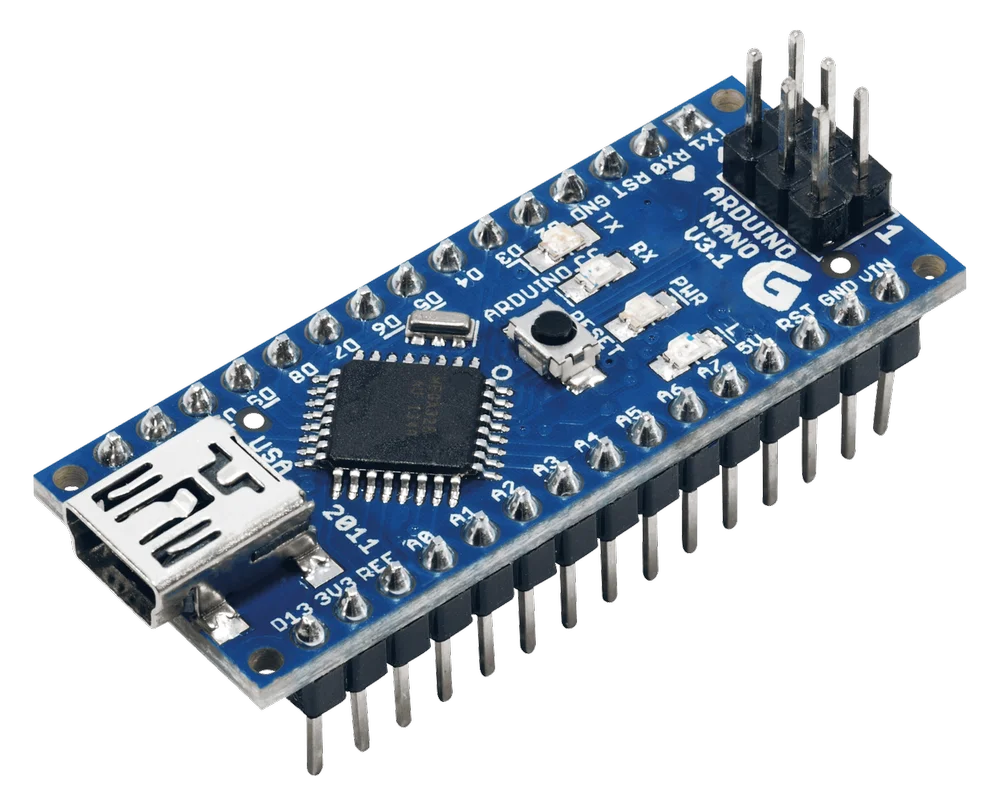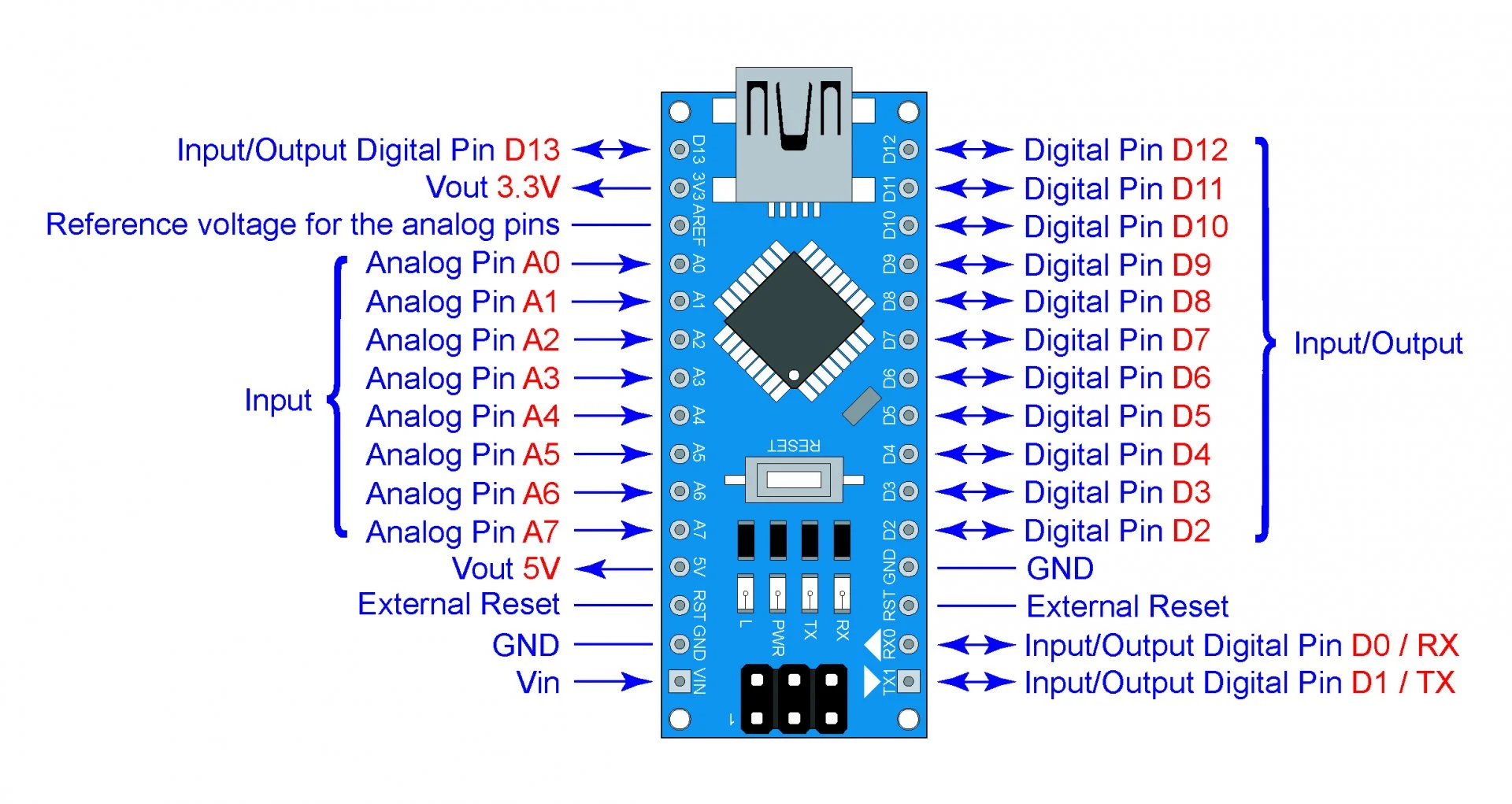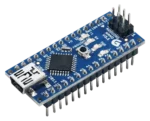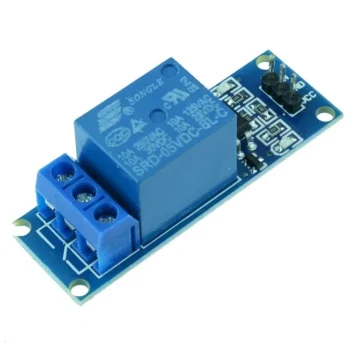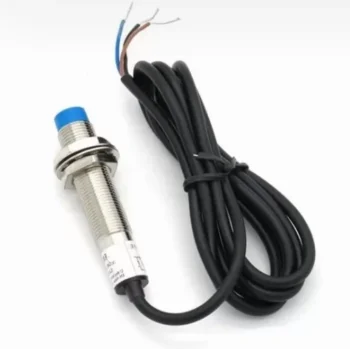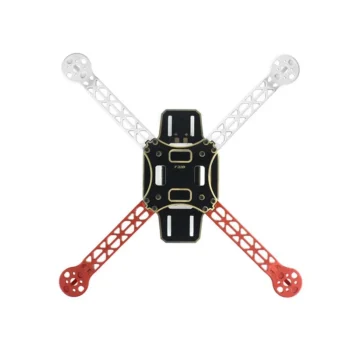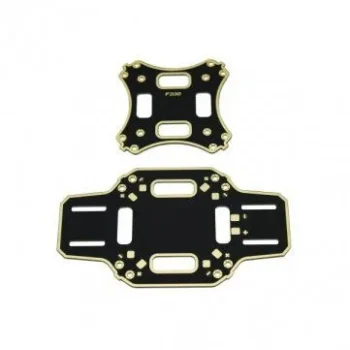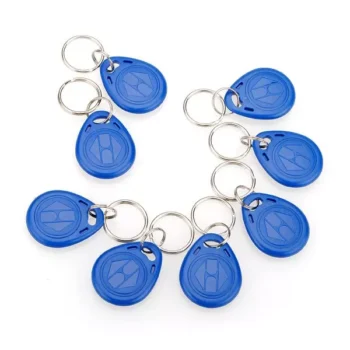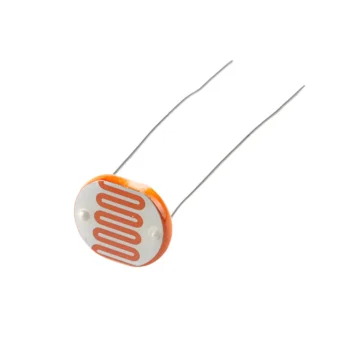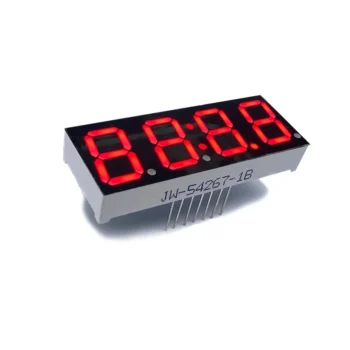Arduino Nano

Arduino Nano has enough processing power to control many electronic components. It has several I/O pins, which allows to connect it to many components. , it is a compact and reduced version of Arduino uno maroc.
Arduino Nano has 14 digital inputs/types (6 of which can be used as PWM outputs), 8 analog inputs.
- Livraison & Retour
Livraison
Livraison en boutique GRATUIT
1 à 3 jours ouvrables
À domicile ou en point relais à partir de 400DA
Sur toutes vos commandes en livraison à domicile ou en point relais
Retours
Retour
Nous accepterons les échanges et les retours de vêtements non portés et non lavés dans les 30 jours suivant la date d’achat (14 jours pendant la période des soldes).
Retours en boutique GRATUIT
Votre retour sera généralement traité dans un délai d’une semaine à une semaine et demie. Nous vous enverrons un e-mail de notification de retour pour vous informer une fois le retour effectué. Veuillez prévoir 1 à 3 jours ouvrables pour que les remboursements soient reçus selon le mode de paiement d’origine une fois le retour traité.
- Poser une question
1.450,00 DA
Arduino Nano is an open-source development board based on Atmel’s ATmega328P microcontroller. It is characterized by its small size and ease of use, while giving similar functionality to those of the Arduino Uno.
The card measures only 18 mm x 45 mm, making it very usable in projects where space is limited. The board has 14 digital input/output pins, 8 analog input pins, and one serial input/output pin.
It is powered by a voltage of 5 volts via a USB port or an external power connector.
Arduino NANO board features:
-Microcontroller: ATmega328
-Supply voltage: 5V
-Input voltage: 5 to 20 volts
-Analog input pin: 8
-Digital inputs/outputs: 14 (6 of which can be used as PWM outputs)
-16 MHz Quartz Oscillator
-ICSP Connector
-USB connection: type B
-DC per I/O pin: 40 mA
-DC for 3.3V pin: 50 mA
-Flash memory: 32 KB of which 2 KB is used by the bootloader
-SRAM: 2 KB
-EEPROM: 2 KB
-Clock frequency: 16 MHz
-Weight: 7g
-Dimension: 1.8 cm X 4.5 cm
-Power consumption: 19 mA
| Caractéristiques | Arduino Nano | Arduino Uno | Arduino Mega 2560 |
|---|---|---|---|
| Microcontrôleur | ATmega328P | ATmega328P | ATmega2560 |
| Horloge | 16 MHz | 16 MHz | 16 MHz |
| Flash | 32 Ko | 32 Ko | 256 Ko |
| RAM | 2 Ko | 2 Ko | 8 Ko |
| EEPROM | 1 Ko | 1 Ko | 4 Ko |
| Entrées/sorties numériques | 14 | 14 | 54 |
| Broches PWM | 6 | 6 | 15 |
| Entrées analogiques | 8 | 6 | 16 |
| Conversion analogique-numérique | 10 bits | 10 bits | 10 bits |
| Communication série | 1 | 1 | 4 |
| Tension d’entrée | 7-12 V | 7-12 V | 7-12 V |
| Tension de sortie | 5V/3.3V | 5V/3.3V | 5V/3.3V |
| Alimentation | USB ou externe | USB ou externe | USB ou externe |
| Dimensions | 18×45 mm | 68.6×53.4 mm | 101.6×53.4 mm |
| Marque | Arduino |
|---|
Produits connexes
A 5v relay is an automatic switch that is commonly used in an automatic control circuit and to control a high-current using a low-current signal. The input voltage of the relay signal ranges from 0 to 5V.
The SHT3x sensor is the most accurate and precise sensor for measuring humidity and temperature parameters compared to other temperature sensors like LM35, Thermistor, DS18B20 & DHT11/DHT22. Thus SHT3x can be used for industrial applications because of the high accuracy and good sensitivity. Its Relative Humidity operating range is 0 – 100% and Temperature operating range is -40° to +125°C (-40° to +257°F).
The Arduino UNO is the best board to get started with electronics and coding. If this is your first experience tinkering with the platform, the UNO is the most robust board you can start playing with. The UNO is the most used and documented board of the whole Arduino family.
The « LJ12A3-4-Z/BX » is an inductive proximity sensor that detects metal objects within a 4mm range. It operates on a DC 6-36V power supply and has an NPN (Normally Open) digital output, meaning it completes a circuit to the signal line when it detects metal. These sensors are used in industrial automation for non-contact switching, control, and detection
The Arduino Mega 2560 is a microcontroller board based on the ATmega2560. It has 54 digital input/output pins (of which 15 can be used as PWM outputs), 16 analog inputs, 4 UARTs (hardware serial ports), a 16 MHz crystal oscillator, a USB connection, a power jack, an ICSP header, and a reset button.
- Wheelbase: 330mm
- Material: Glass Fiber + Polyamide-Nylon
- Moter Mounting Hole Diameter: 3 mm
- Arm Size: 155×34 (LxW) mm
- Weight: 160 gm
The HW-201 IR infrared obstacle detection module can detect obstacles within a distance range of 2 cm to 30 cm, with a detection angle of 35 degrees.
It can operate with a supply voltage of 3.3 V to 5 V and has a maximum current consumption of 100 mA. The module outputs a digital signal, high when an obstacle is detected, low when no obstacle is detected.
The infrared LED has a wavelength of 940 nm and an operating frequency of 38 kHz. The module operates at temperatures between -25 °C and +55 °C.
Transceiver module based on an NRF24L01 allowing a 2.4 GHz wireless connection. This module communicates with an Arduino or compatible microcontroller via the SPI bus.
This is 125K RFID Tag. The RFID technology is used for sensing and identifying tagged people and objects for access control, automation, and a whole range of different applications.
Operating on a frequency of 125kHz, these tokens are all pre-programmed with unique ID numbers to communicate wirelessly with RFID Readers over distances of around 10cm or less. This means you can attach it to vehicles or items, keyrings or even pets’ collars to keep track of the location via an array of readers in the office, warehouse or home.
12mm 12528 LDR is a type of photoresistor with a 12mm diameter and the model number GL12528, which changes its resistance based on the intensity of light it is exposed to. The resistance of the component is high in the dark and drops significantly as light increases, making it useful for detecting ambient light levels
